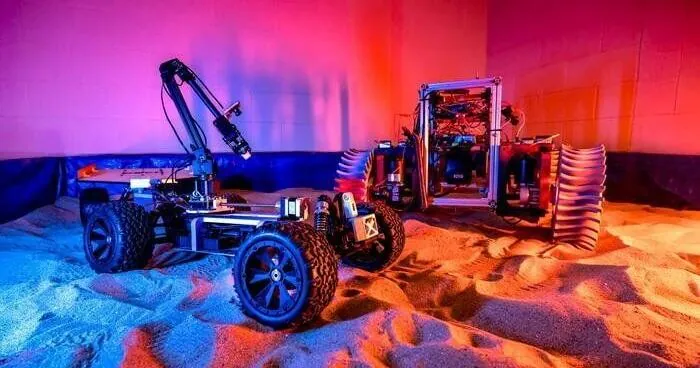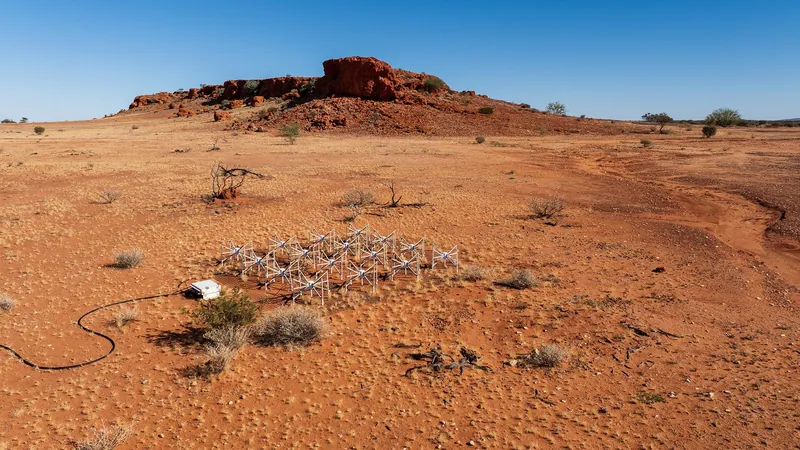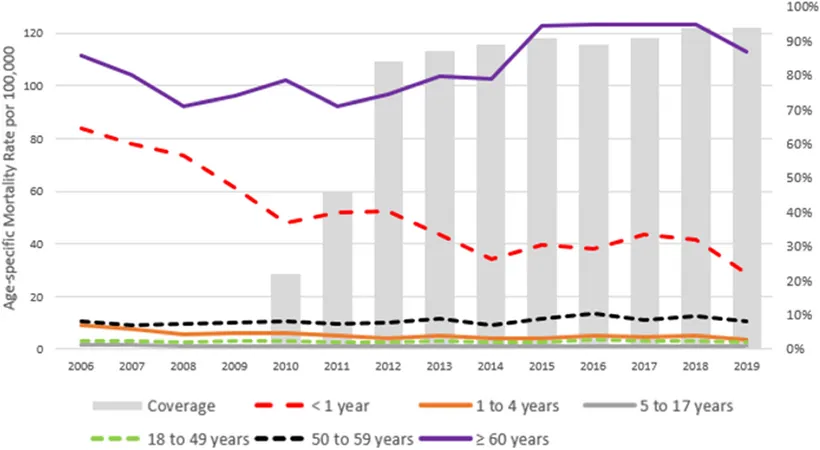
Unraveling the Mystery: Why Moon Rovers Keep Getting Stuck
2025-08-25
Author: Daniel
The Curiosity Behind Rovers' Troubles
Ever wondered why our robotic explorers repeatedly find themselves stuck while traversing the moon? A groundbreaking study reveals that the moon's surface is far "fluffier" than we experience here on Earth, contributing to the challenges these multi-million dollar rovers face.
Gravity's Role in Rover Performance
New research indicates that the weaker gravitational pull on the moon and Mars impacts how sand and gravel behave when rovers drive over them. On Earth, gravity exerts a stronger pull on sand, making it more supportive. In contrast, the moon's low gravity results in a much softer, less stable surface where rovers struggle for traction.
Lessons from the Past
Take the Mars rover Spirit, which became permanently stuck in soft sand back in 2009. Engineers had to painstakingly command the rover to inch its way back to mobility, but despite their efforts, Spirit couldn't recover. This experience highlighted the urgent need for improved terrain testing before missions.
A Flaw in Testing
Researchers at the University of Wisconsin–Madison used advanced computer simulations to identify a key flaw in conventional rover testing methods. They note that the current testing protocols make overly optimistic predictions about how rovers will behave under extraterrestrial conditions.
The Critical Discovery
Professor Dan Negrut and his team found that traditional tests, which scaled down rovers to one-sixth their actual mass, failed to account for how Earth's gravity interacts with desert sand. This oversight creates misconceptions about rover traction, leading to difficulties once they hit the moon’s surface.
Simulation Breakthroughs
Utilizing Project Chrono, a sophisticated physics simulation engine, researchers modeled rovers in various soil types to address the discrepancies found in previous testing. Their findings, published in the Journal of Field Robotics, not only inform NASA but also benefit engineering applications on Earth, from vehicle performance to military trucks.
The Impact of Collaboration
Negrut proudly discusses how their highly relevant research has gained attention, impacting real-world engineering challenges. This collaborative effort has opened doors to producing industrial-strength software used by NASA, a rarity in academic circles.
Looking Ahead
With continued support from institutions like NASA and the National Science Foundation, Negrut and his team are committed to innovation. Their goal: to keep refining their software solutions, ensuring that rovers can conquer the challenges of lunar landscapes and beyond.
The Future of Space Exploration
This breakthrough offers a glimpse into the future of extraterrestrial exploration. By better understanding how rovers interact with different surfaces, we can pave the way for more successful lunar missions, heralding a new era in space exploration.



 Brasil (PT)
Brasil (PT)
 Canada (EN)
Canada (EN)
 Chile (ES)
Chile (ES)
 Česko (CS)
Česko (CS)
 대한민국 (KO)
대한민국 (KO)
 España (ES)
España (ES)
 France (FR)
France (FR)
 Hong Kong (EN)
Hong Kong (EN)
 Italia (IT)
Italia (IT)
 日本 (JA)
日本 (JA)
 Magyarország (HU)
Magyarország (HU)
 Norge (NO)
Norge (NO)
 Polska (PL)
Polska (PL)
 Schweiz (DE)
Schweiz (DE)
 Singapore (EN)
Singapore (EN)
 Sverige (SV)
Sverige (SV)
 Suomi (FI)
Suomi (FI)
 Türkiye (TR)
Türkiye (TR)
 الإمارات العربية المتحدة (AR)
الإمارات العربية المتحدة (AR)